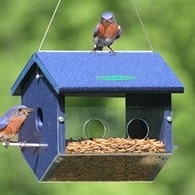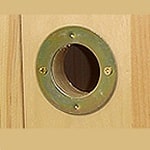Attracting Bluebirds To Nest in Your Yard - What it Takes
Attracting Bluebirds to nest in your yard and the birdhouse you provided is easy for some and difficult for others. Just what does it take?
First, a basic understanding of the bluebird's nesting and feeding habitat is required.
Second, the steps you can take that will provide exactly what bluebirds need to thrive in your backyard birdhouse.

Bluebird Using Natural Cavity
Eastern Bluebirds live, nest, and feed in open areas. Places such as meadows, cemeteries, golf courses, and large suburban lots with open grassy areas will draw the interest of these birds.
As insect eaters, the use of insecticides needs to be discouraged. A habitat rich in insect life will go a long way in attracting these birds to your yard.
Some of the preferred insects and other invertebrates bluebirds eat are grasshoppers, crickets, katydids, beetles, earthworms, spiders, millipedes, centipedes, sow bugs, and snails.
Know the Bluebirds Preferred Habitat
The ideal habitat will include open grassy areas with a few clumps of trees and shrubs scattered about.
If you have a small open yard, include neighboring properties in your evaluation of the layout.
A Bluebird may have a territory size of 2 acres or more to forage in and protect from other Bluebirds.
Trees, shrubs, and seeds that work well at attracting bluebirds are dogwoods, hawthorns, wild grapes, sumac seeds, hackberry seeds, blackberries, bayberries, honeysuckle, red cedar, pokeberries, and Virginia creeper.
Add a few of these varieties to your existing landscape to provide year-round food sources.
If food is available during the winter, your bluebirds may stay all year.
Nest boxes - Bluebird Birdhouses
Check Amazon for Current Prices on Products Mentioned in the Video
wbw is an Amazon Associate as such, earns from qualifying purchases at no extra cost to you.
Providing birdhouses, and monitoring them closely to keep other birds out, is something you must do to attract Bluebirds.
If possible, place your nest boxes on a pole about 5 feet above the ground. It's a good idea to use a baffle on the post below the birdhouse.
These prevent predators such as snakes, raccoons, and opossums from entering the birdhouse and destroying the eggs and/or young.
A simple baffle design you can build can be found here Cone Predator Guard>. You can check out commercially available baffles here.
Where to Place Your Bluebird Birdhouse
Nest boxes should be placed in the most open area you have available that may have a small tree 12 feet away. This tree will give the birds an observation post.
Keep the house away from heavily wooded areas. Wooded areas will attract House Wrens which compete for birdhouses and will pierce the eggs of other birds.
Tree Swallows are attracted to the same habitat types as Bluebirds.
If you have Tree Swallows competing for housing, consider adding additional housing.
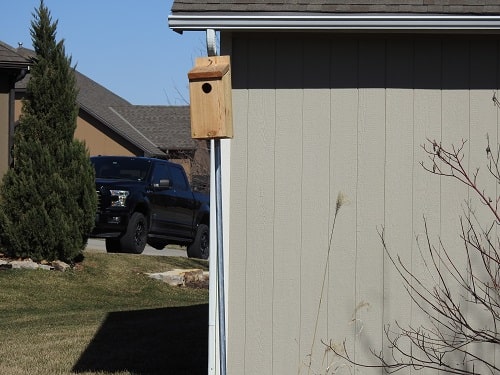
Bird House on Conduit Pipe Needs Baffle
Destroying House Sparrows and their nest is the only way to protect the Bluebirds and give them the best chance at nesting.
You need to be able to identify House Sparrows so that you don't cause harm to Wrens or Tree Swallows. Both species are protected by law.
Bluebird houses should be a minimum of 100 yards apart if trying to attract multiple pairs.
They'll chase other Bluebirds away from their territory. Bluebirds will tolerate Tree Swallows without problems.
Try to face the nest box away from prevailing winds while keeping the entrance hole facing open land if possible.
Water for Bluebirds
The Bluebird's water requirements are met if food sources are available. Insects and fruit provide most of their water needs.
But, as the summer heats up, a water source for bathing can bring them in and keep them healthy.
Taking Care of Bluebirds in Winter
Some people aren't aware that the Eastern Bluebird is fairly common in winter. Some of our visitors have shared comments about this behavior here, bluebirds in winter.
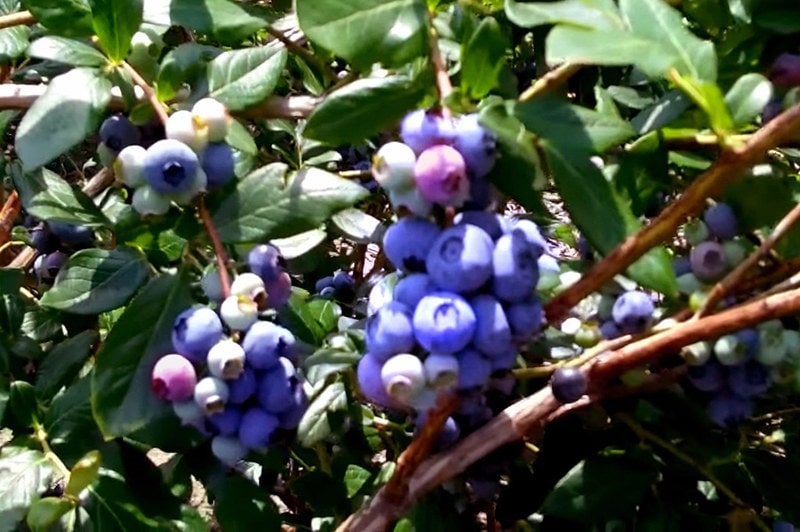
When the weather is mild and winter fruit-bearing shrubs are available, they may stay through the winter, even in the North.
Offering suet and especially mealworms, which is a favorite food of Bluebirds, will help them survive those wintry days.
Dried mealworms are available commercially, or you can provide live mealworms by raising mealworms at home.
Providing water for bathing both in summer and a heated bath in winter will help draw more Bluebirds your way.
If you provide a birdhouse, some fruiting trees and shrubs, mealworms, and water. You'll soon have Bluebirds nesting in your yard.
Frequently Asked Questions
Here we answer the 6 most common questions asked about attracting Bluebirds.
How do I get bluebirds to come to my feeder?
To attract bluebirds to your feeder, I would suggest using mealworms as they are a favorite food of bluebirds. Also, try to place the feeder in a quiet and safe location, away from busy areas.
I've had the most luck when I've placed the feeder near a water source, like a birdbath, as bluebirds are attracted to water.
Where is the best place to put a bluebird house?
The best place to put a bluebird house, in my experience, is in an open area with sparse vegetation.
Bluebirds prefer open areas, yet have some trees or posts that they can use as perches.
Most experts say that the house should be placed at least 5 feet off the ground to protect from predators.
What time of year do you put up bluebird houses?
The best time of year to put up bluebird houses is late winter or very early spring. This is because bluebirds start looking for nesting sites as early as February.
I've found that if you put the house up too late, they may have already chosen another location.
How do I keep sparrows out of my bluebird house?
Keeping sparrows out of your bluebird house can be a bit tricky. I would suggest using a sparrow spooker.
These devices can help deter sparrows from entering the house. Also, regular monitoring of the house can help you remove any sparrow nests before they become established.
Which way do you face a bluebird house?
When it comes to the direction, a bluebird house should face, most experts say that it should face east.
This is because it provides the best protection from the weather, particularly the hot afternoon sun and the prevailing winds.
However, if east isn't an option, north or south can work too.
Should bluebird houses be in the shade?
It really depends on your local climate. In hotter areas, a bit of afternoon shade can help keep the house cooler and more comfortable for the birds.
However, in cooler climates, placing the house in the sun can help keep it warm. I would suggest monitoring the temperature inside the house to ensure it's suitable for the birds.
Ideas That Are Sure To Attract and Please Any Bluebird - See All
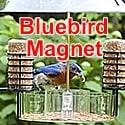 Aspects Vista Dome Feeder |
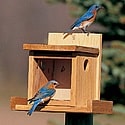 Bluebird Post Feeder |
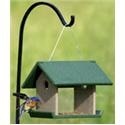 Mealworm Feeders |
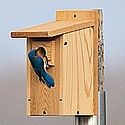 Eastern Bluebird house |
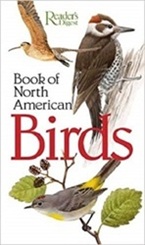
|
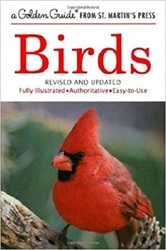
|
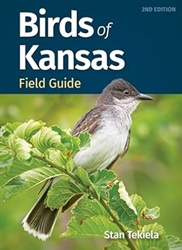
|
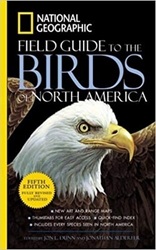
|
| Readers Digest Guide | Golden Guide | Your State Only | Nat-Geo Guide |

